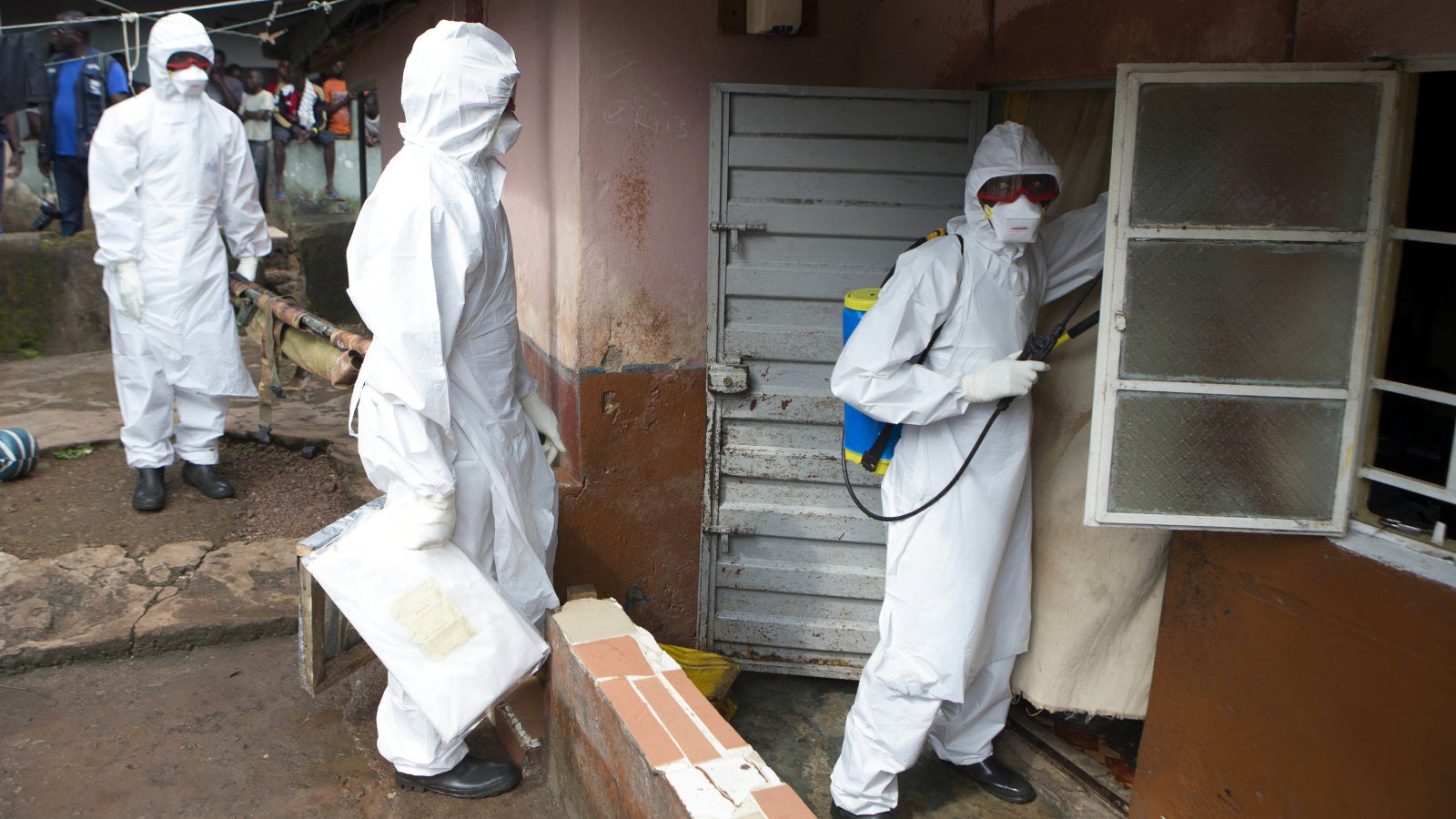Africa’s troubled roads and runways are worsening the Ebola crisis
The Ebola outbreak in west Africa is hard to control in part because it is the most temporally distant region of the globe—that is to say, compared with every other region of the world, sub-saharan Africa is the place that goods take longest to reach.


The Ebola outbreak in west Africa is hard to control in part because it is the most temporally distant region of the globe—that is to say, compared with every other region of the world, sub-saharan Africa is the place that goods take longest to reach.
You can see it in the anecdotes emerging from the escalating effort to combat the spread of the virus: Health workers, who are making huge sacrifices tending to the sick, lack protective gowns, face masks, and gloves; hospitals lack beds and mattresses, and indeed hospitals themselves are in short supply. But as international donors attempt to make up for the shortfall, they are encountering an obstacle: The region’s transit infrastructure is as limited as its public health system.
In Sierra Leone, political tensions and squabbles over fees have kept containers full of vital supplies stuck on docks. In Liberia, efforts to repair an airfield so that the US military can begin airlifting supplies to the region have been slowed due to shipping delays that are holding up construction equipment parts being sent from the US and Europe.
This situation shouldn’t be a surprise; last year, Quartz reported on studies of trade delays that found an average wait of 28 days between the arrival of goods shipped to a sub-Saharan port and their arrival at their final destination. The average total travel time to Africa is 34 days, compared with a global mean of 23 days, which is about how long it takes international goods to reach their destinations in Asia. The researchers noted that those delays hold back economic development in emerging markets to the same degree as high taxes on imports.
When economists talk about trade delays, they usually talk about the lost earnings for companies. Now, with emergency infrastructure upgrades becoming critical to the fight against a deadly virus, the cost of delay is measured in lives.